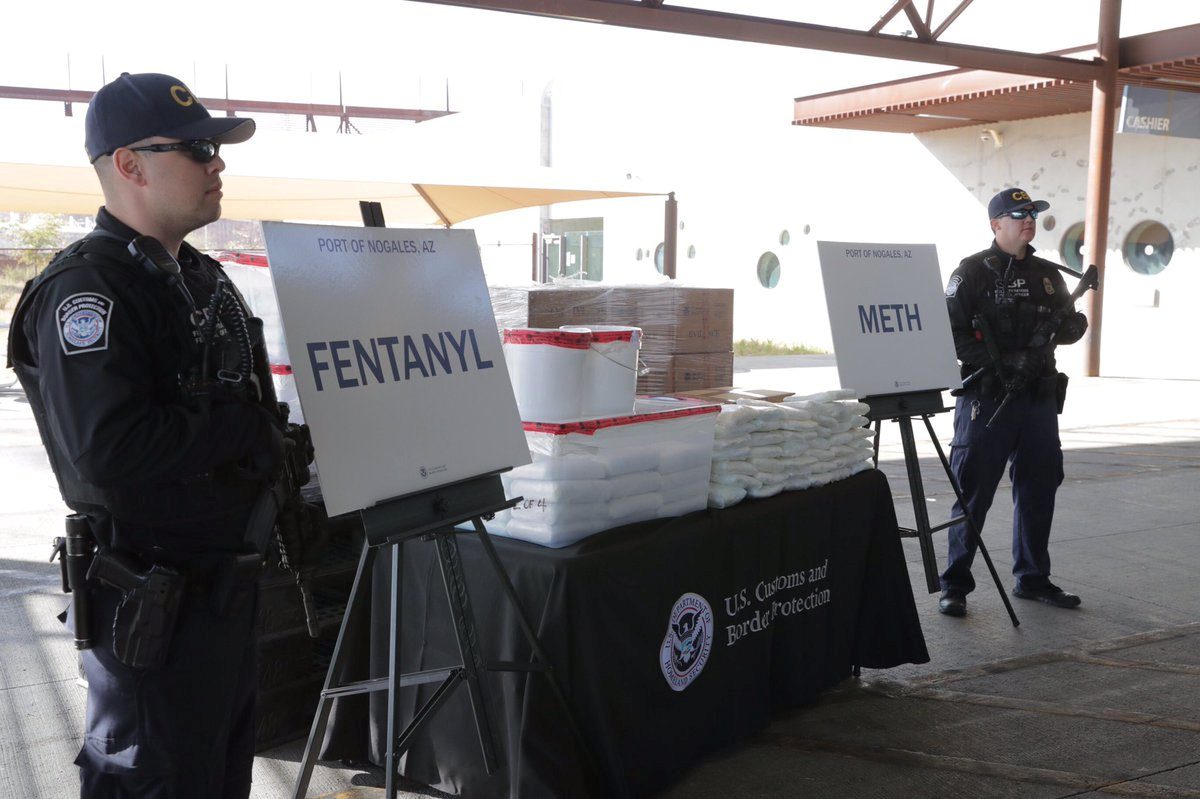
Willie R. Tubbs, FISM News
[elfsight_social_share_buttons id=”1″]
Thursday, an anti-fentanyl bill cleared the House when all but one Republican and several dozen Democrats joined to outvote a sizeable contingent of progressive opponents.
Not even the support of the White House was enough to persuade about two-thirds of Democrats to support a bill aimed at addressing the fentanyl crisis by scheduling all forms of the drug as Schedule 1 narcotics.
In a rare landslide, the Halt All Lethal Trafficking of Fentanyl Act passed 289-133 in the usually divided House. While 74 Democrats cast a yes vote, 132 refused to support the bill.
“I’m pleased my amendment to H.R. 467 passed the House today,” Rep. Cory Mills (R-Fla.), one of the bill’s sponsors, tweeted. “I’m confident that this bill is a step in the right direction to remove fentanyl from our streets & protect the overall well-being of our active duty personnel and veterans.”
I'm pleased my amendment to H.R. 467 passed the House today.
I'm confident that this bill is a step in the right direction to remove fentanyl from our streets & protect the overall well-being of our active duty personnel and veterans. pic.twitter.com/qmMkdrOsfa
— Rep. Cory Mills 🇺🇸 (@RepMillsPress) May 25, 2023
As a synthetic drug, there are numerous analogues of fentanyl, more than can be analyzed with the speed required to label individual forms of the drug as potentially deadly or merely incredibly dangerous.
Proponents of that act argue that, for the safety of the public, the correct course is to permanently label all forms of fentanyl as Schedule 1. The drug has been treated this way since 2018 when an emergency order created a blanket classification.
“The HALT Fentanyl Act would permanently schedule all fentanyl-related substances (FRS) not otherwise scheduled into Schedule I of the Controlled Substances Act as a class and expedite research into fentanyl-related substances, which the Administration has long supported,” the White House said in a statement earlier this week.
FELONIES AND MANDATORY MINIMUMS
The issue, at least for progressives and a single Republican, is that Schedule 1 arrests lead to felony convictions and, in many cases, mandatory minimum prison sentences.
Progressive Democrats have a long history of disliking mandatory sentences for drug offenders, and the majority of Democrats who opposed the bill did so on the grounds that they felt the act would adversely affect people of color.
“Did we learn nothing from the war on drugs? I guess not,” Rep. Sydney Kamlager-Dove (D-Calif.) said during debate.
Back then we enacted ineffective and punitive laws that only worked to expand mass incarceration, mostly of black and brown folks. This legislation will enact ineffective and punitive drug laws that only work to expand mass incarceration.
While he did not weigh in on the racial dynamics of the issue, Kentucky Republican Rep. Thomas Massie, the lone conservative to cross the aisle, opposed the act based on its mandatory minimum implications.
“Instead of passing bills that expand the failed War on Drugs, we should be focusing on regaining operational control of the border,” Massie tweeted. “Additionally, one-size-fits-all mandatory minimum sentences are unwise, and this bill increases the number of defendants subject to them.”
Instead of passing bills that expand the failed War on Drugs, we should be focusing on regaining operational control of the border. Additionally, one-size-fits-all mandatory minimum sentences are unwise, and this bill increases the number of defendants subject to them. pic.twitter.com/rDeSJ6G4UE
— Thomas Massie (@RepThomasMassie) May 25, 2023
Rep. Frank Pallone (D-N.J.) urged Congress to include language that would “avoid exacerbating inequities in our criminal justice system.”
“We simply cannot incarcerate our way out of a public health crisis,” Pallone said. ”The HALT Fentanyl Act does not provide any resources for research, prevention, treatment, recovery, or harm reduction.”
For at least one bill supporter, that was exactly the point.
“If you are selling fentanyl to our kids, you deserve to be incarcerated,” Rep. Brett Guthrie (R-Ky.) said. “We don’t apologize for that.”
The HALT Act figures to produce some evidence of just how much sway the president holds over his own party.
It remains to be seen if Senate Democrats will rally behind a White House desire or split like their lower-chamber counterparts.
SCHEDULE 1 DILEMMA
Also at issue is the definition of a Schedule 1 narcotic. According to the Drug Enforcement Agency (DEA), Schedule 1 drugs “are defined as drugs with no currently accepted medical use and a high potential for abuse.” While fentanyl clearly has a high potential for abuse, it also has currently accepted medical use, according to the DEA, in treating chronic pain in some patients, especially those with terminal illnesses.
Some examples of Schedule I drugs are: heroin, lysergic acid diethylamide (LSD), marijuana (cannabis), 3,4-methylenedioxymethamphetamine (ecstasy), methaqualone, and peyote.
